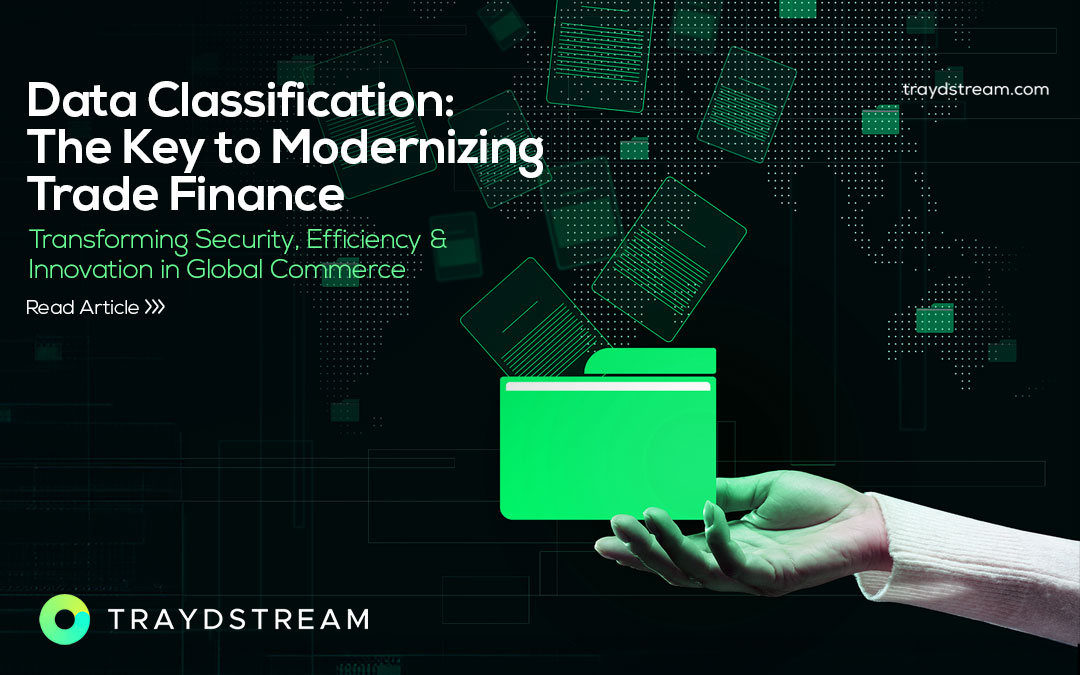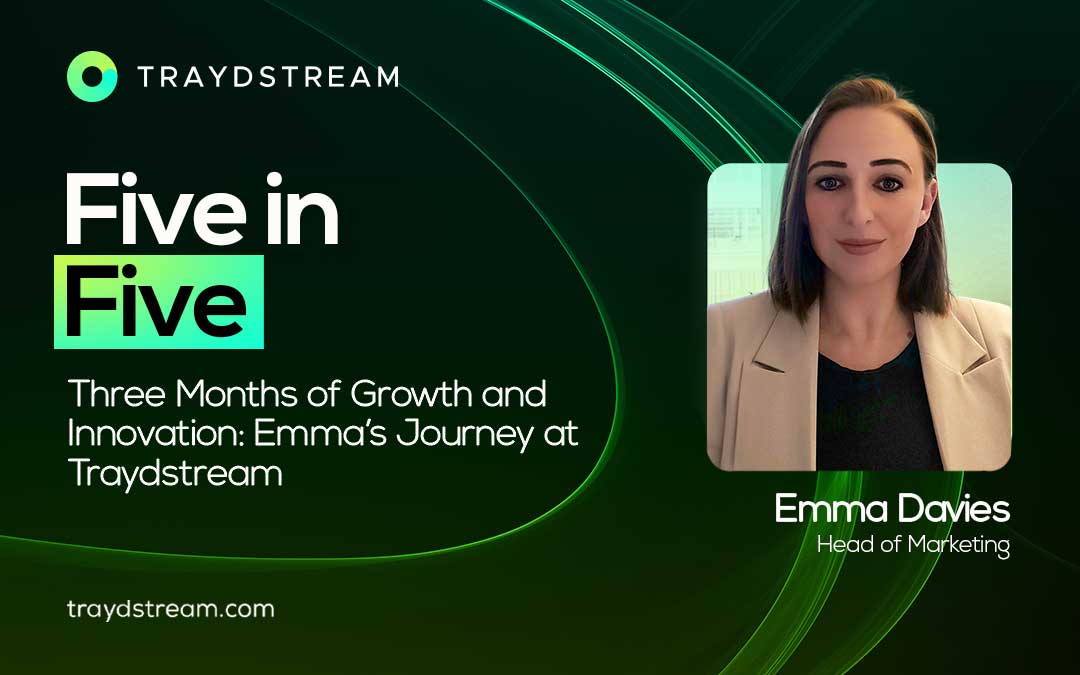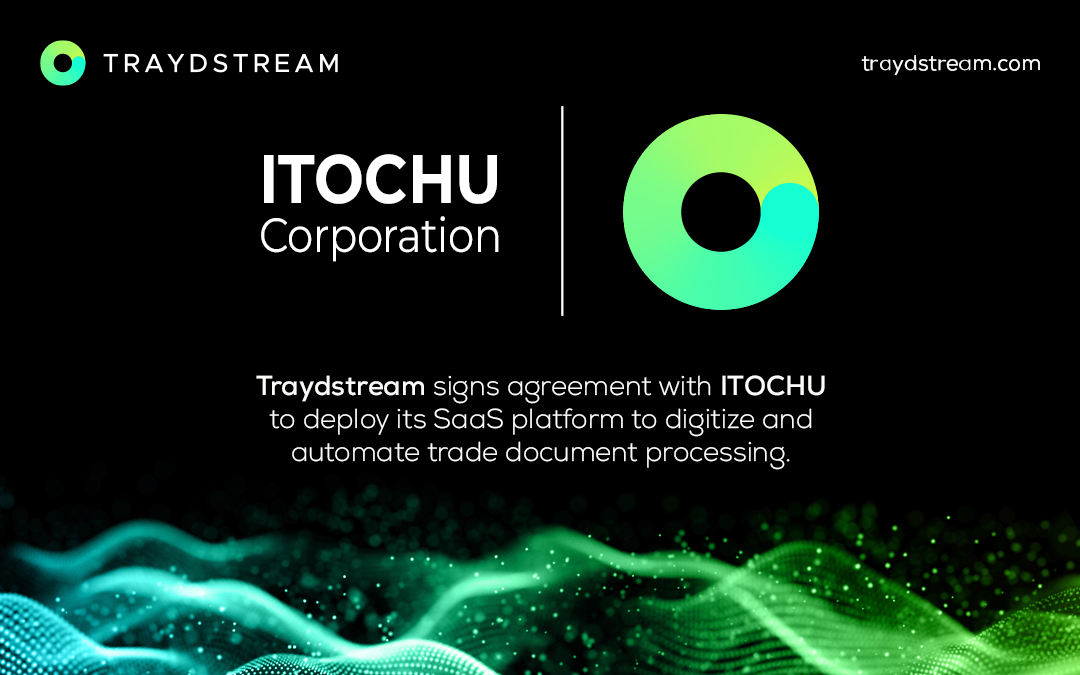
Introduction to Trade Finance
Trade Finance at its core, has existed for thousands of years and can be seen in the early documentation of Silk Routes. Fast forward to the present day, Trade Finance remains key to global trade. According to the World Trade Organisation (WTO), 85% of global trade is supported by a Letter of Credit.
Trade Finance is the financing of international trade flow. In its simplest form, it exists to provide trust and security between a buyer and seller as well as their respective banks.
Key Documents Associated with Trade Finance
The processing of documents is the key area that remains un-digitised. Despite the constant growth of Trade Finance, the core process has changed very little. Even in the last several decades of major technological disruption, key documents like a Letter of Credit has remained largely un-digitised, outdated and inefficient
The Letter of Credit itself can be traced as far back as 3000BC, where ancient Babylonian and Egyptian civilisation would use it to ensure payment between parties but despite massive strides in technological advances in the past five millennia, the concept has remained relatively unchanged.
The Letter of Credit is not the only document that is associated with Trade Finance. Many other functions and forms of Trade Finance have remained paper-based. A list of key documents that often appear in transactions are as follows:
Transport Documents:
- Bill of Lading – legal document between a carrier and shipper that contains the details of the goods.
- Air Transport Document, Road Transport Document, Rail Transport Documents or Inland Waterway Transport Documents – transport documents used in air shipments, truck shipments, train shipments etc. Contains details of the goods and destination etc.
Insurance Documents:
- Insurance Policy – contract in which the seller receives financial protection or reimbursement against losses from an insurance company.
- Insurance Certificate – non-negotiable document by the insurance company verifying the insurance policy.
Financial Documents:
- Bill of exchange – Written order that obligates one company / individual to pay another on demand or at a predetermined date.
Commercial Documents:
- Pro-Forma Invoice – document that is sent to buyers in advance of a shipment containing the bill of sale.
- Commercial Invoice – document required by customs contain the transaction between the buyer and seller and the details of the goods.
- Packing List; Weight List – Shipping document with the goods containing details such a s quantity, weight, type etc.
Official Documents:
- Certificate of Origin (CO) – document contain stating the country in which the good or commodity was manufactured in.
- Consular Invoice – A document containing information such as the consignor, consignee and value of the shipment. The purpose of the document is to certify the shipment of goods.
Why Digitise Trade Finance?
Trade Finance remains very traditional therefore as globalisation occurs, it results in more complex supply chains and the need to work with a greater number of dispersed counterparties. This process of document verification can currently take weeks.
There are many reasons for why the entire process is slow to begin with:
- Shipping of physical documents
- Key individuals checking that each document is complaint against all regulatory and sanctioning boards
- A manual process that can result in common, repetitive errors
Traydstream’s Approach
There are multiple companies attempting to streamline the Trade Finance process. There have been strides in Distributed Ledger Technology (DLT) and attempting to use Blockchain to switch the Letter of Credit into electronic format. However, this technology can require an entire eco-system of parties needing to fully adopt it, which can take time.
Traydstream’s approach is to digitise and automate Trade Finance more simply with: Convert, Check and Manage.
Convert: Through our Optical Character Recognition Engine (OCR Engine)
- Converts paper-based information to digital information
- Information structured to allow for automated analysis and monitoring
Check: Using our Artificial Intelligence (AI) and Machine Learning Technology (ML)
- Rules governing world trade such as Uniform Customs and Practice (UCP).
- Sanctions and dual use of goods checks including Financial Services Authority (FSA)
Manage: Using our Secure Cloud Platform
- Auto-classifies the type of documents being processed
- Manages and stores the flow of documents and images among parties and for audit / traceability.
Through this method Traydstream is able to digitise and automate the entire process to revolutionise an ancient sector.
FinTech is the Future of Trade Finance
Trade Finance has changed very little in its long history but FinTechs such as Traydstream are starting make waves with new technologies that will improve the inefficiencies in this sector.






